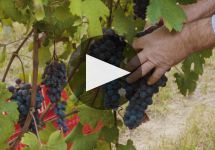Damilano 1752 Barolo Cannubi Riserva 2008
-
James
Suckling -
Robert
Parker -
Wine
Spectator



Product Details
Your Rating
Somm Note
Winemaker Notes
Excellent with Piedmontese pastas (tajarin, ravioli). Also great with red meat, braised and roasted meat, game, and ideal with all types of cheeses.
Professional Ratings
-
James Suckling
Shows an amazing amount of dried roses, cedar and subtle fruits on the nose. Full body with fine tannins that touch every part of your palate. It’s long and wonderful with such polish and finesse. So right now. This is the first year of Damilano Cannubi Riserva. Only 5,000 bottles made. Phenomenal. This is the greatest wine ever from here. Glorious.
-
Robert Parker's Wine Advocate
Tasted from magnum, the 2008 Barolo Riserva Cannubi 1752 offers budding tertiary notes that add a delicate veil of complexity and finesse to the bouquet. The Damilano family has owned vineyards in Cannubi since 1935 and they created this special anniversary wine to celebrate the first historic single-vineyard production of Cannubi that can be traced back to the year 1752. Only 6,600 bottles were produced (sold in cases of six 750-milliliter bottles or magnums), and the 2008 vintage is the first edition produced. The wine is silky and long with lingering tones of smoke, licorice, tar and pressed fruit.The tannins are silky, but there is a spot of cherry sweetness on the finish that indicates a slow, future-aging evolution ahead.
-
Wine Spectator
Aromatic and round, with loads of cherry and berry fruit, plus floral and tea notes. Shows an elegant side, with a long, ironclad finish. Still needs time to integrate fully. Best from 2019 through 2035.
Other Vintages
2017-
James
Suckling
-
James
Suckling -
Wine
Spectator -
Robert
Parker
-
James
Suckling -
Wine
Spectator
-
James
Suckling -
Wine
Spectator -
Robert
Parker
-
James
Suckling -
Robert
Parker -
Wine
Spectator
-
James
Suckling -
Wine
Spectator -
Robert
Parker
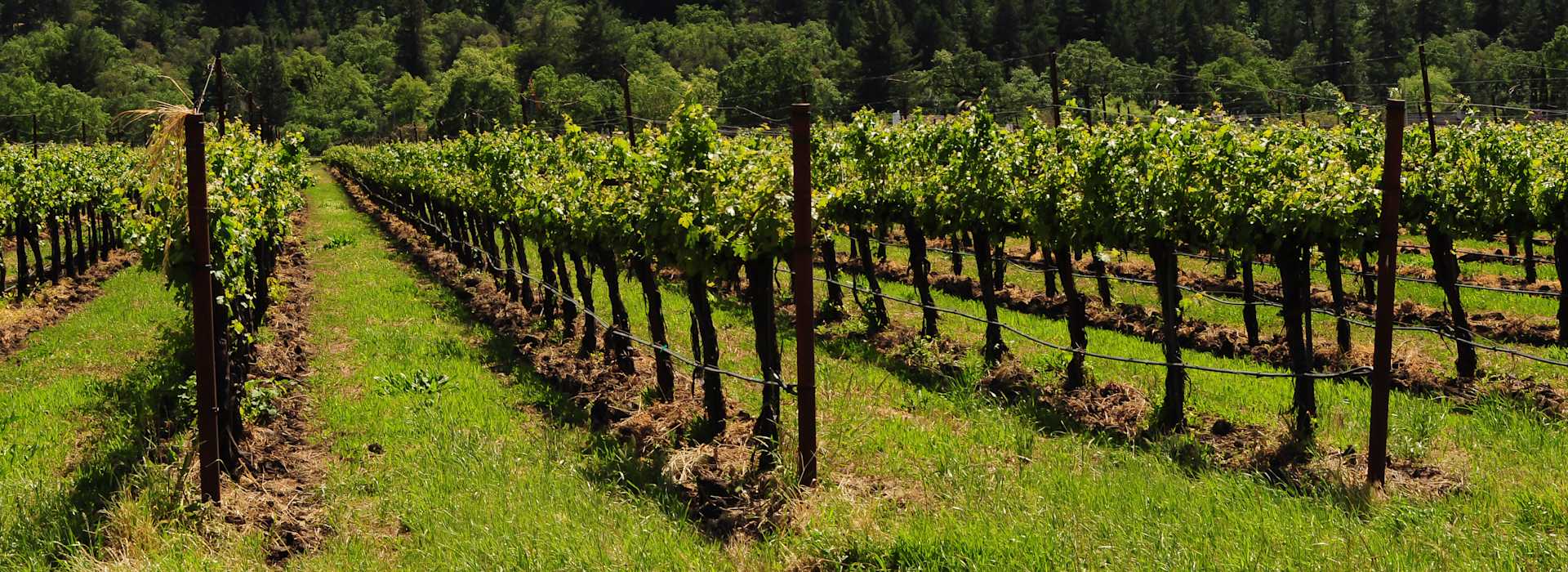

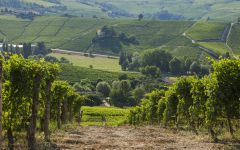
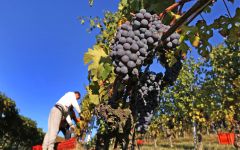
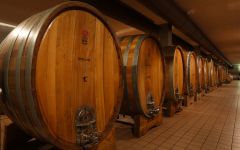
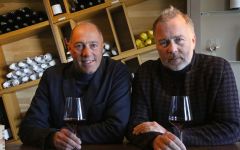
The origins of the Damilano family company dates back to over a century ago, when Guiseppe Borgogno, the great-grandfather of the current owners, started to grow and make wine from his own grapes. This tradition was kept up by Giacomo Damilano, the founder’s son-in-law, together with his children, until it was passed on to his 4 grandchildren, who very attentively manage their forefathers’ land today. The wines produced are renowned for their upright style and the estate is widely appreciated due to the strictness and passion that accompany all of the company's activities.
The vineyards, partly owned and partly leased, are situated in the most famous crus of the Langa region: Cannubi, Liste, Fossati, and Brunate, which are almost entirely cultivated with Nebbiolo da Barolo, and to a lesser extent, with Dolcetto and Barbera varietals.

Responsible for some of the most elegant and age-worthy wines in the world, Nebbiolo, named for the ubiquitous autumnal fog (called nebbia in Italian), is the star variety of northern Italy’s Piedmont region. Grown throughout the area, as well as in the neighboring Valle d’Aosta and Valtellina, it reaches its highest potential in the Piedmontese villages of Barolo, Barbaresco and Roero. Outside of Italy, growers are still very much in the experimentation stage but some success has been achieved in parts of California. Somm Secret—If you’re new to Nebbiolo, start with a charming, wallet-friendly, early-drinking Langhe Nebbiolo or Nebbiolo d'Alba.

The center of the production of the world’s most exclusive and age-worthy red wines made from Nebbiolo, the Barolo wine region includes five core townships: La Morra, Monforte d’Alba, Serralunga d’Alba, Castiglione Falletto and the Barolo village itself, as well as a few outlying villages. The landscape of Barolo, characterized by prominent and castle-topped hills, is full of history and romance centered on the Nebbiolo grape. Its wines, with the signature “tar and roses” aromas, have a deceptively light garnet color but full presence on the palate and plenty of tannins and acidity. In a well-made Barolo wine, one can expect to find complexity and good evolution with notes of, for example, strawberry, cherry, plum, leather, truffle, anise, fresh and dried herbs, tobacco and violets.
There are two predominant soil types here, which distinguish Barolo from the lesser surrounding areas. Compact and fertile Tortonian sandy marls define the vineyards farthest west and at higher elevations. Typically the Barolo wines coming from this side, from La Morra and Barolo, can be approachable relatively early on in their evolution and represent the “feminine” side of Barolo, often closer in style to Barbaresco with elegant perfume and fresh fruit.
On the eastern side of the Barolo wine region, Helvetian soils of compressed sandstone and chalks are less fertile, producing wines with intense body, power and structured tannins. This more “masculine” style comes from Monforte d’Alba and Serralunga d’Alba. The township of Castiglione Falletto covers a spine with both soil types.
The best Barolo wines need 10-15 years before they are ready to drink, and can further age for several decades.
